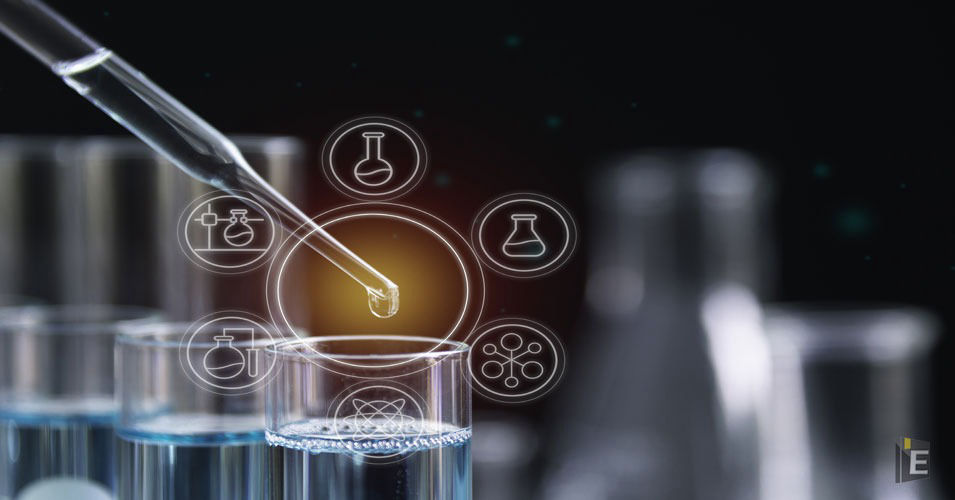General Science GK Questions for Competitive Exams

The fundamental particles found in the nucleus of an atom are:
(A) Electron, Proton
(B) Proton, Neutron
(C) Neutron, Electron
(D) Neutron, Positron
Correct Answer : C
The energy of an electron revolving in an atom:
(A) Cannot be negative
(B) Can have any value greater than zero
(C) Can never be positive
(D) is always positive
Correct Answer : C
Explanation :
So, the energy of the electron revolving around the nucleus is a negative value meaning less than zero. -If the electron has energy more than zero, it can escape or come out of the atom very easily. -If it happens the atom won't exist.
Mass number of nucleus :
(A) always less than its atomic number
(B) always greater than its atomic number
(C) always equal to its atomic number
(D) sometimes greater than and sometimes equal to its atomic number
Correct Answer : D
The electronic configuration of an atom with atomic number '20' is :
(A) 2, 8, 10
(B) 2, 6, 8, 4
(C) 2, 8, 8, 2
(D) 2, 10, 8
Correct Answer : C
The difference between the isotopes of an element is due to the presence of different numbers of
(A) Proton
(B) Newton
(C) Electron
(D) Photon
Correct Answer : B
Explanation :
Isotopes are atoms of the same element that have different numbers of neutrons but the same number of protons and electrons. The difference in the number of neutrons between the various isotopes of an element means that the various isotopes have different masses.
Randhra Mukha (gate) is based on
(A) Exosmosis
(B) Endosmosis
(C) Cytoplasmic contraction in guard cells
(D) Decrease in the concentration of cell sap
Correct Answer : B
The largest unicellular organism is
(A) Yeast
(B) Acetebularia
(C) Acetobacter
(D) Amoeba
Correct Answer : D
The excretory pore in Paramecium is known as :
(A) Pharynx
(B) Cell mouth
(C) Cytophyse
(D) Cryptosphere
Correct Answer : C
In which of the following kidney-shaped guard cells are present?
(A) in dicot plants
(B) in monoecious plants
(C) both of the above
(D) in algae
Correct Answer : A
Explanation :
In dicots, the guard cells are kidney bean shaped. The inner wall of guard cell surrounding the stomata are thicker than the outer wall. In monocots, stomata are dumb-bell shaped with thick intervening walls.
What is involved in the process of end-exploitation?
(A) Diffusion
(B) Cell Function
(C) Absorption
(D) BOTH A AND B
Correct Answer : C



